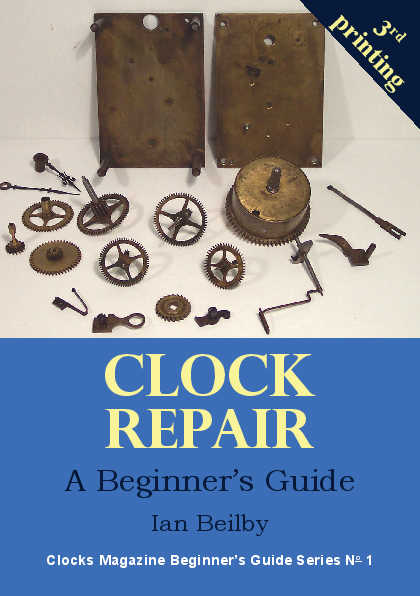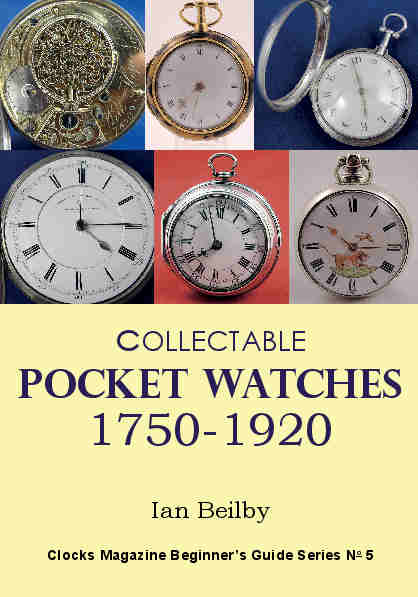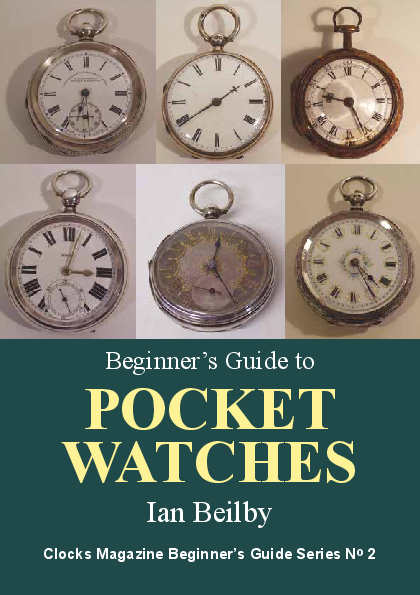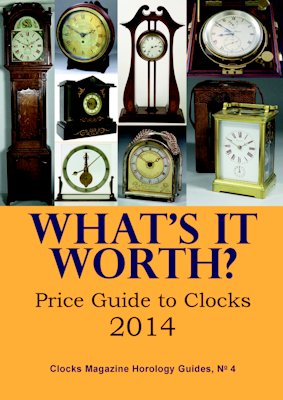| Clocks Magazine Finding faults in clocks |





|
Clock fault finder 6 Checking the motionworkWith just the hands fitted in place check there is a gap between the back of the bow spring and the front of the movement plate. The back of the bow spring must not rub on the front of the movement plate. A small extension to the centre arbor should prevent the bow spring from catching the front plate of the movement. Check there is a gap between the minute wheel fitted to the cannon pinion and the hour-bridge. The minute wheel must not rub the back of the hour-bridge. Adjust the tension of the bow spring and the thickness of the hand-retaining washer. << Back to previous page | Continue with fault finding >> |
|
|